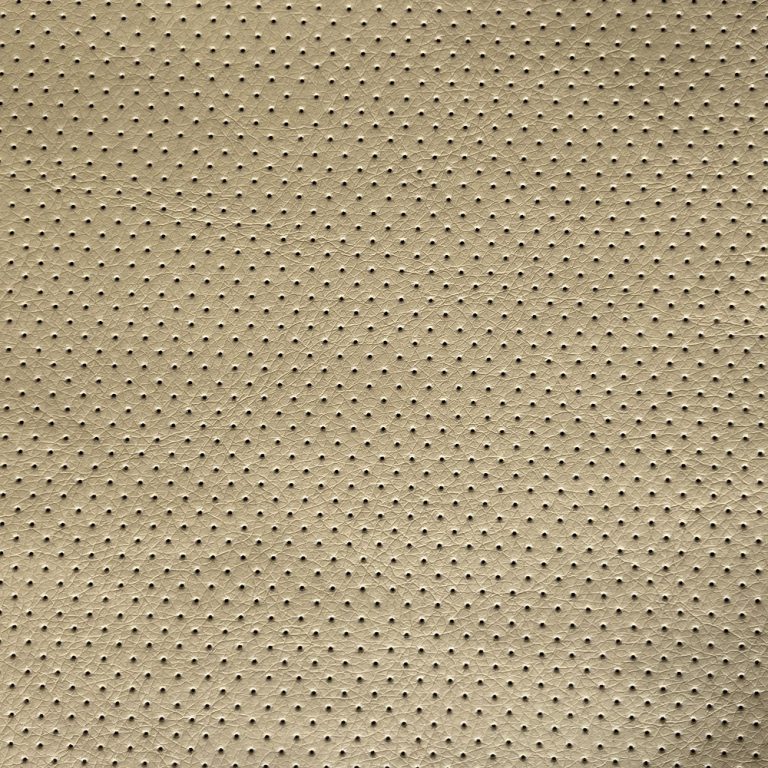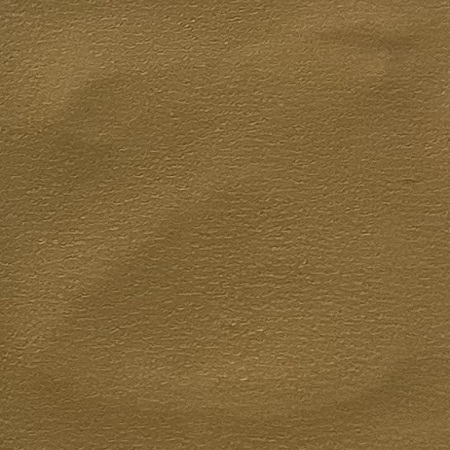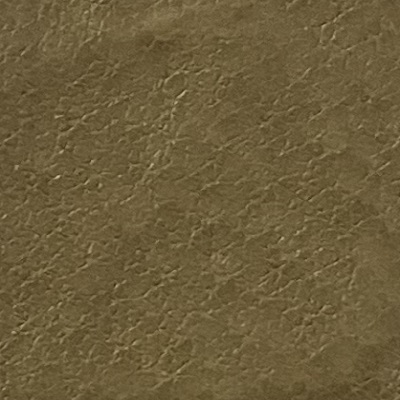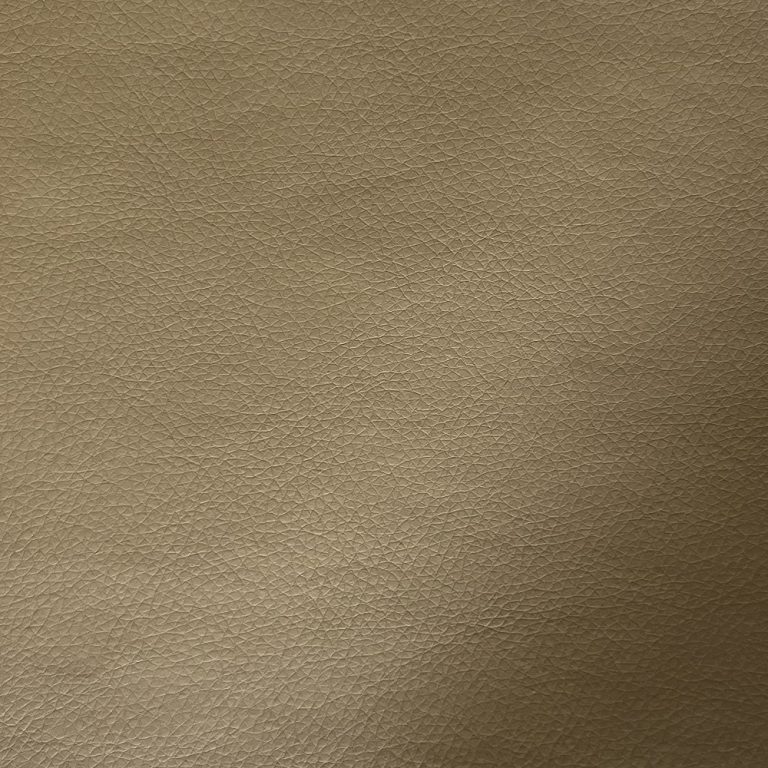Inhoudsopgave
Benefits of Using Synthetic Leather Fabric for Sofas
Synthetic leather fabric, also known as faux leather or vegan leather, is becoming an increasingly popular choice for sofas and other furniture pieces. This material offers a wide range of benefits that make it a practical and stylish option for homeowners looking to upgrade their living spaces.

One of the main advantages of using synthetic leather fabric for sofas is its durability. Unlike genuine leather, which can be prone to cracking and fading over time, synthetic leather is designed to withstand wear and tear. This makes it an ideal choice for households with children or pets, as it is less likely to show signs of damage from everyday use.
In addition to its durability, synthetic leather fabric is also easy to clean and maintain. Spills and stains can be quickly wiped away with a damp cloth, making it a practical choice for busy households. This material is also resistant to fading, making it a long-lasting option for those looking to invest in a high-quality sofa that will retain its appearance for years to come.
Another benefit of using synthetic leather fabric for sofas is its affordability. Genuine leather can be quite expensive, making it out of reach for many homeowners. Synthetic leather, on the other hand, offers a more budget-friendly option without sacrificing style or quality. This makes it a great choice for those looking to achieve a high-end look without breaking the bank.
In addition to its practical benefits, synthetic leather fabric also offers a wide range of design options. This material can be easily dyed in a variety of colors, allowing homeowners to choose a sofa that complements their existing decor. Whether you prefer a classic black or brown sofa or want to make a bold statement with a vibrant hue, synthetic leather fabric offers endless possibilities for customization.
Furthermore, synthetic leather fabric is an environmentally friendly choice for those looking to reduce their carbon footprint. Unlike genuine leather, which is made from animal hides, synthetic leather is typically made from polyurethane or PVC. This means that no animals are harmed in the production process, making it a cruelty-free option for those who are concerned about animal welfare.
Overall, synthetic leather fabric offers a wide range of benefits for homeowners looking to upgrade their sofas. From its durability and easy maintenance to its affordability and design options, this material is a practical and stylish choice for those looking to invest in a high-quality piece of furniture. Whether you are looking to create a cozy living room or a sleek modern space, synthetic leather fabric is a versatile option that will meet your needs and exceed your expectations.
How to Care for and Maintain Synthetic Leather Sofas
Synthetic leather fabric has become a popular choice for sofas due to its durability, affordability, and ease of maintenance. Unlike genuine leather, synthetic leather is made from a combination of plastic and fabric materials, making it a more sustainable and animal-friendly option. However, just like genuine leather, synthetic leather sofas require proper care and maintenance to ensure they remain in good condition for years to come.
One of the key advantages of synthetic leather is its resistance to stains and spills. Unlike genuine leather, synthetic leather is non-porous, which means that liquids are less likely to seep into the fabric and cause permanent damage. To clean up spills on a synthetic leather sofa, simply use a damp cloth to blot the area and remove any excess liquid. Avoid using harsh chemicals or abrasive cleaners, as these can damage the fabric and cause it to deteriorate over time.
In addition to spills, synthetic leather sofas can also accumulate dust and dirt over time. To keep your sofa looking its best, it is important to regularly dust and vacuum the fabric to remove any debris. Use a soft brush attachment on your vacuum cleaner to gently remove dust and dirt from the surface of the sofa. For stubborn stains or dirt buildup, you can use a mild soap and water solution to gently clean the fabric. Be sure to test the cleaning solution on a small, inconspicuous area of the sofa first to ensure that it does not cause any damage.
Another important aspect of caring for a synthetic leather sofa is protecting it from sunlight and heat. Like genuine leather, synthetic leather can fade and crack when exposed to direct sunlight or high temperatures. To prevent this, it is important to place your sofa away from windows or direct sunlight, and to avoid placing it near heat sources such as radiators or fireplaces. Additionally, you can use a UV protectant spray to help shield the fabric from the harmful effects of the sun.
Regularly conditioning the synthetic leather fabric can also help to maintain its appearance and prolong its lifespan. There are many commercial leather conditioners available on the market that are specifically designed for synthetic leather. These conditioners help to moisturize and protect the fabric, keeping it soft and supple. Apply the conditioner to the sofa according to the manufacturer’s instructions, and be sure to buff the fabric with a clean, dry cloth to remove any excess product.
In conclusion, caring for and maintaining a synthetic leather sofa is relatively simple and straightforward. By following these tips and guidelines, you can keep your sofa looking its best for years to come. Remember to clean up spills promptly, dust and vacuum the fabric regularly, protect it from sunlight and heat, and condition the fabric as needed. With proper care and maintenance, your synthetic leather sofa will continue to provide comfort and style for many years to come.
Environmental Impact of Synthetic Leather Fabric for Sofas
Synthetic leather fabric has become a popular choice for sofas due to its affordability, durability, and versatility. However, there are concerns about the environmental impact of using synthetic leather fabric for furniture. In this article, we will explore the environmental implications of using synthetic leather fabric for sofas.
One of the main environmental concerns associated with synthetic leather fabric is the production process. Synthetic leather is typically made from petroleum-based materials, which are non-renewable resources. The production of synthetic leather also involves the use of chemicals and energy-intensive processes, which can contribute to air and water pollution. Additionally, the disposal of synthetic leather fabric at the end of its life cycle can also have negative environmental impacts, as it is not biodegradable and can take hundreds of years to break down in landfills.
| Serial Number | Commodity Name |
| 1 | PU Leather for sofa |
Despite these environmental concerns, there are some benefits to using synthetic leather fabric for sofas. For example, synthetic leather is often more durable than natural leather, which means that sofas made from synthetic leather may have a longer lifespan and require less frequent replacement. This can help to reduce the overall environmental impact of furniture production by decreasing the amount of waste generated.
Another potential benefit of using synthetic leather fabric for sofas is that it can be made to mimic the look and feel of natural leather, without the ethical concerns associated with using animal products. This can make synthetic leather a more appealing option for consumers who are looking for a cruelty-free alternative to traditional leather furniture.
In recent years, there has been a growing interest in sustainable alternatives to traditional synthetic leather fabric. Some companies are now producing synthetic leather fabric from recycled materials, such as plastic bottles or other waste products. These sustainable alternatives can help to reduce the environmental impact of furniture production by diverting waste from landfills and reducing the demand for new petroleum-based materials.

Another environmentally friendly option is to choose sofas made from natural materials, such as organic cotton or hemp. These materials are biodegradable and renewable, making them a more sustainable choice for eco-conscious consumers. While natural materials may not have the same durability as synthetic leather, they can still provide a comfortable and stylish option for those looking to reduce their environmental footprint.
In conclusion, the environmental impact of using synthetic leather fabric for sofas is a complex issue that requires careful consideration. While synthetic leather has its drawbacks in terms of production and disposal, there are also benefits to using this material, such as durability and affordability. As consumers become more aware of the environmental implications of their purchasing decisions, there is a growing demand for sustainable alternatives to traditional synthetic leather fabric. By choosing furniture made from recycled materials or natural fibers, consumers can help to reduce the environmental impact of their home furnishings and create a more sustainable future for generations to come.







